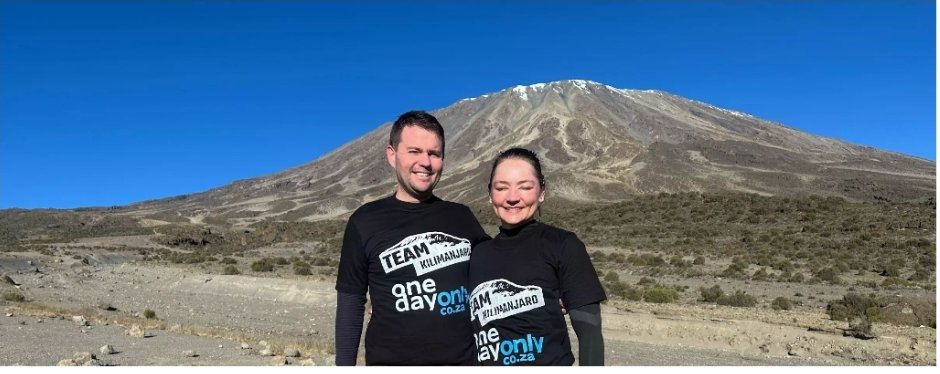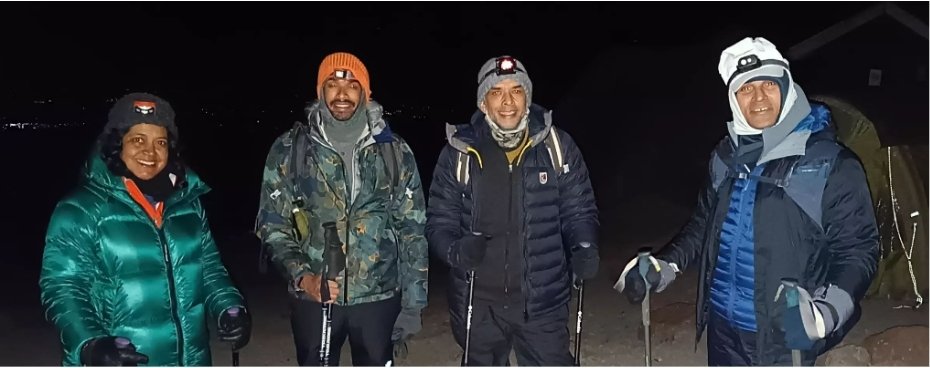Every great leader faces their version of a mountain — a challenge so steep it demands not just ambition, but discipline, strategy, and trust in the team beside them. On Mount Kilimanjaro, that test is the Western Breach — the most technically demanding and mentally exacting route to the top of Africa’s highest peak.
Those who climb with Team Kilimanjaro website know the Western Breach isn’t just about altitude; it’s about mindset. It’s where success depends on preparation, data-driven decisions, and resilience under pressure — the same principles that define great leadership.
1. Strategy Before Speed
The Western Breach rewards careful planners, not reckless risk-takers. Every stage must be calculated — from weather windows to acclimatisation schedules. Leaders who treat business growth the same way, focusing on sequencing rather than sprinting, build foundations that endure.
In both mountaineering and management, rushing the process rarely leads to sustainable results.
2. Trusting Your Team
The Breach is not a solo ascent. Climbers rely on guides, safety protocols, and coordinated timing. Success depends on communication and shared awareness — values equally essential in leadership.
No CEO, founder, or project lead reaches their summit alone. The ability to empower others, delegate intelligently, and recognise interdependence is what keeps teams efficient in high-stakes environments.
3. Calculated Risk, Not Avoidance
On Kilimanjaro’s advanced climb option, risk management defines the ascent. The route is steep, exposed, and weather-sensitive, but with experience and structure, it offers unmatched rewards — panoramic views and a direct line to the summit.
True leaders know that progress requires risk. The key is control: identifying variables, mitigating failure points, and taking bold action only when preparation meets opportunity.
4. Endurance as a Competitive Advantage
Altitude fatigue mirrors the business world’s version of burnout. Those who endure — calmly, strategically, and consistently — often outperform those who rely on intensity alone.
Endurance leadership isn’t about working harder; it’s about sustaining vision under strain. It’s the quiet, consistent drive that keeps momentum even when conditions turn against you.
5. Perspective from the Peak
At 5,895 metres, the summit of Kilimanjaro strips success of its illusions. It’s not about the flag or the photo — it’s about the process that got you there. The same applies in business: achievements are temporary, but principles built along the way endure.
When you descend, you carry more than a title. You carry perspective — an understanding that true leadership isn’t about standing above others, but about leading others safely to higher ground.

Kilimanjaro’s Western Breach teaches that the best strategy combines preparation, courage, and humility. The leaders who thrive are those who can climb with clarity — reading both the mountain and themselves — and who understand that every challenge, no matter how steep, is simply a higher classroom for better thinking.
